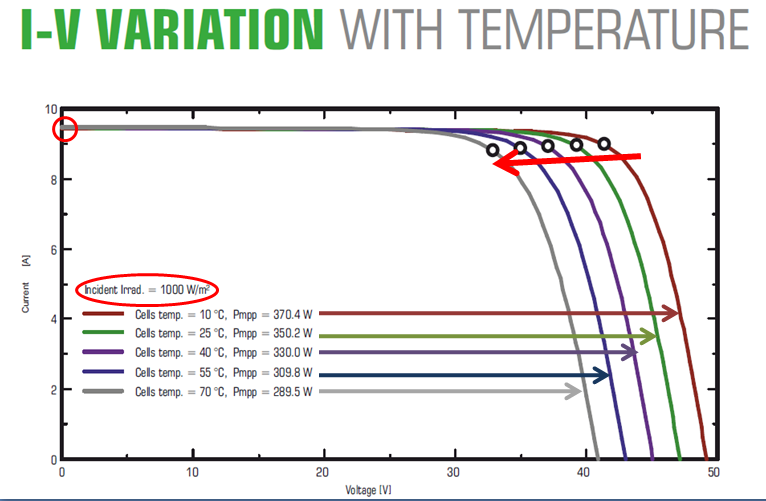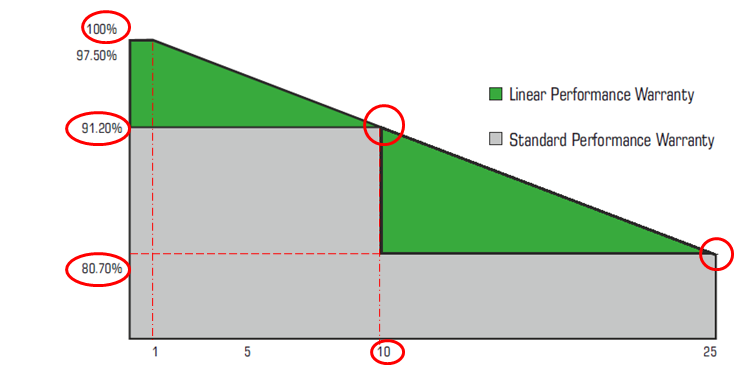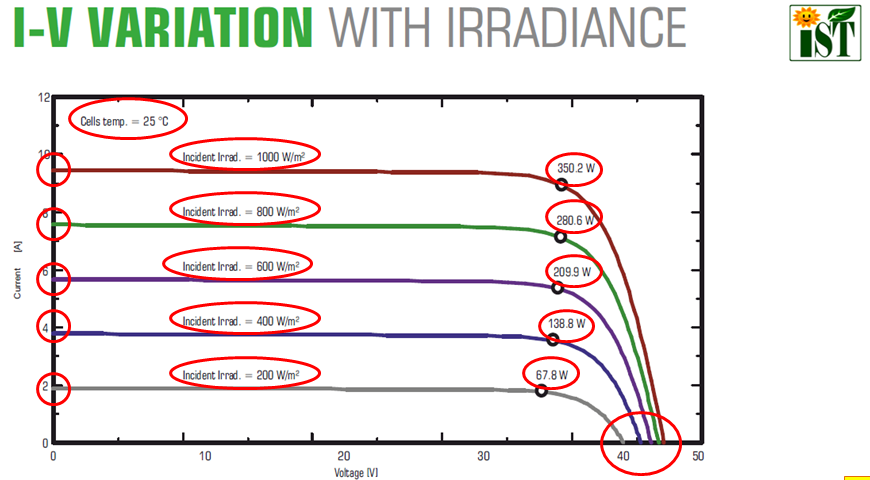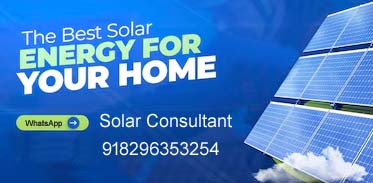Understand PV Module Datasheet
Understand PV Module Datasheet
Abstract
There are several terms and ratings that are associated with a solar panel’s data sheet. Figuring out what means what for the specs can get pretty confusing. We are going to explain each of them to help clear it up.
If you are trying to compare one PV panel to another, it is helpful to understand the key technical parameters - or solar panel specifications - that impact performance.
The panel spec sheet will tell you about the panel’s electrical power production, including its efficiency and how it operates with changing temperatures, as well as mechanical information like the dimensions and wind loads.

Keywords:
solar panel specifications explained pdf, pv module specification sheet, 320w solar panel specifications, solar panel voltage and current output, 12v solar panel specifications pdf, best solar panel specifications, solar panel specifications calculations, what is maximum system voltage in solar panel, solar panel specifications explained pdf, solar panel datasheet specifications, 320w solar panel specifications, 12v solar panel specifications pdf, 500w solar panel specifications, best solar panel specifications,
Summery
The temperature ranges of modules generally are between -20 degrees C to +85 degrees C in the U.S. In areas with more extreme temperatures—such as Alaska—installers and designers should be aware of panels’ temperature ranges.
NOCT takes a more realist view of actual real world conditions, and gives you power ratings that you will likely actually see from your solar system. Instead of 1000 watts per square meter, it uses 800 watts per square meter, which is closer to a mostly sunny day with scattered clouds. It uses an air temperature of 20℃ (68℉), not a solar cell temperature, and includes a 2.24MPH wind cooling the back of a ground mounted solar panel (more common in larger solar fields than a roof mounted residential array). These ratings will be lower than STC, but more realistic.

Spec sheets also mention warranties. Most have 25-year warranties, according to Gong. Some manufacturers offer a 90% warranty for 10 years, and decrease that amount as the panels age. Premium panels have better warranties.
Hopefully this helps while you’re reviewing your own spec sheet. We highly recommend taking the next step of testing out a solar software platform, it will make the next step for making sure you have a viable setup so much simpler.
While reviewing a solar panel datasheet, you’ll likely notice a bunch of acronyms and random numbers listed under safety and rating certifications like the ones seen in Figure 3. When comparing different panels, it is important to look for these standard testing certifications. IEC 61215 is one of the core testing standards for crystalline solar modules. If a solar panel module successfully meets IEC 61215 standards, that means it completed several stress tests and performed well in regards to quality, performance, and safety. IEC 61739 tests make sure that the panels pass the thermal, fire, electrical, and mechanical safety and possess a low risk for these hazards.
More Related Link

Interactive Classes

Practical & Doubt Classes

E-Library Study Materials

Online Examination






